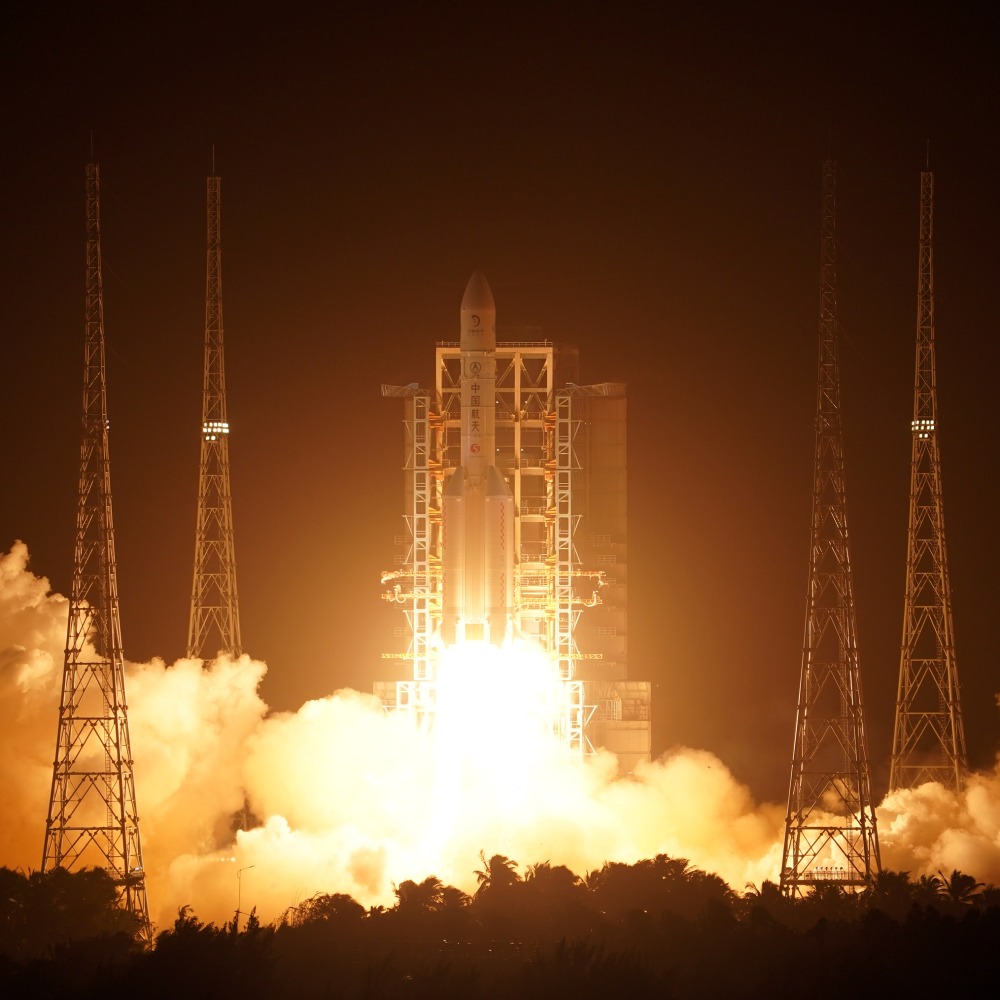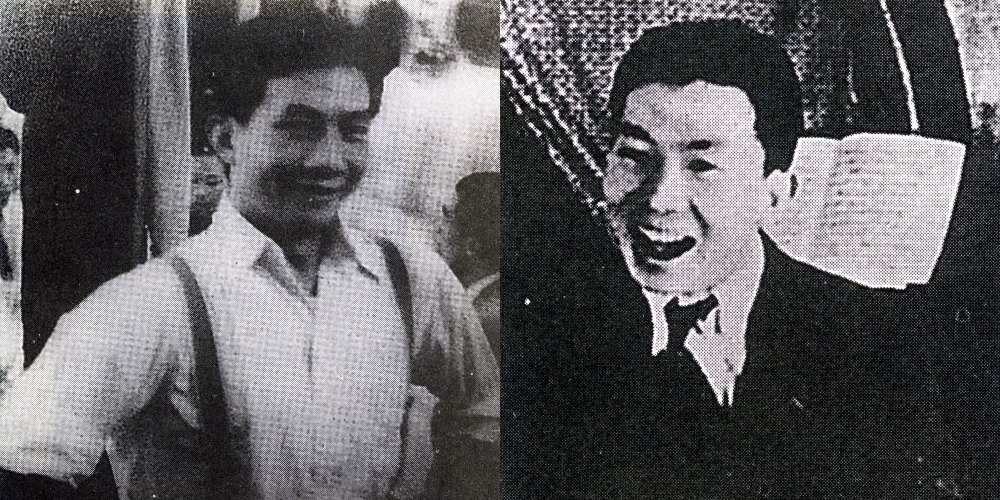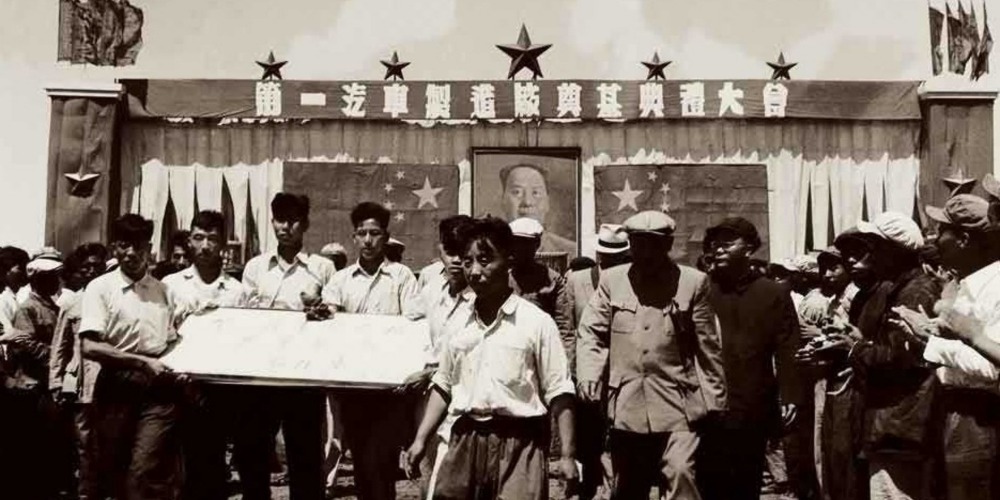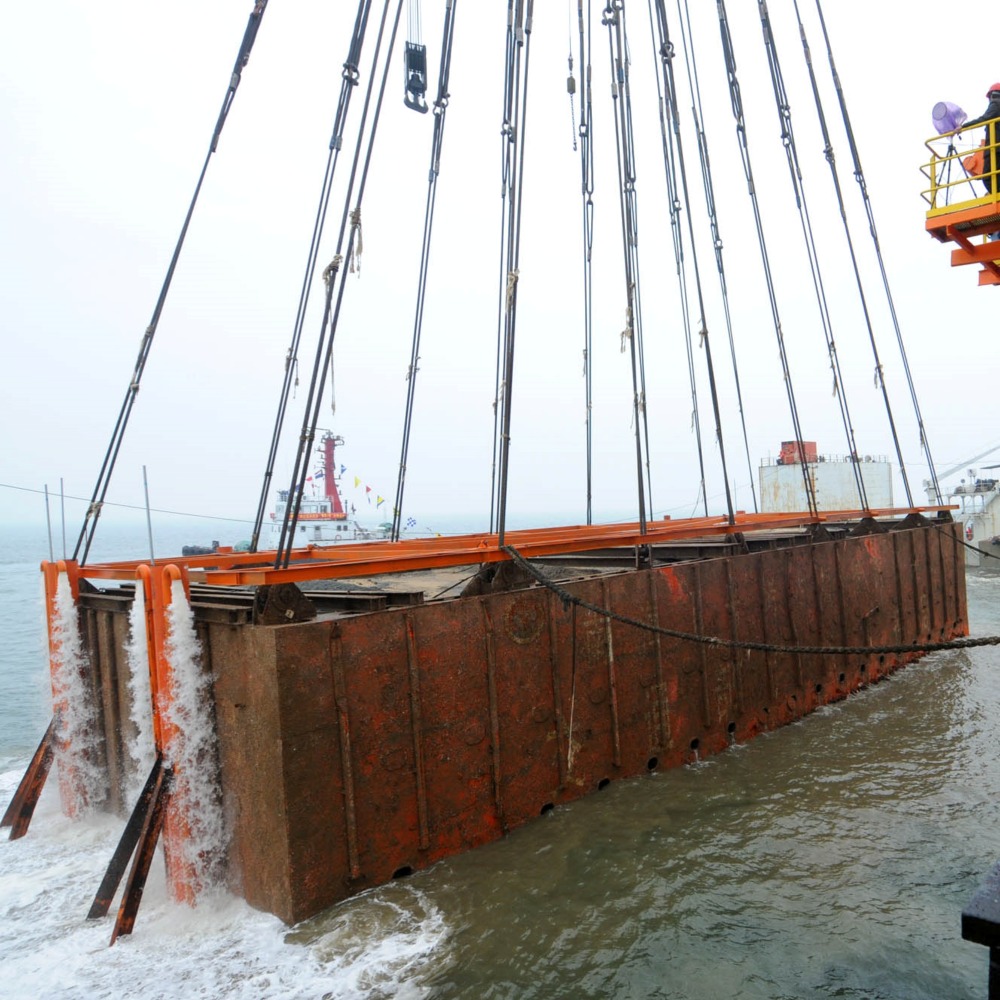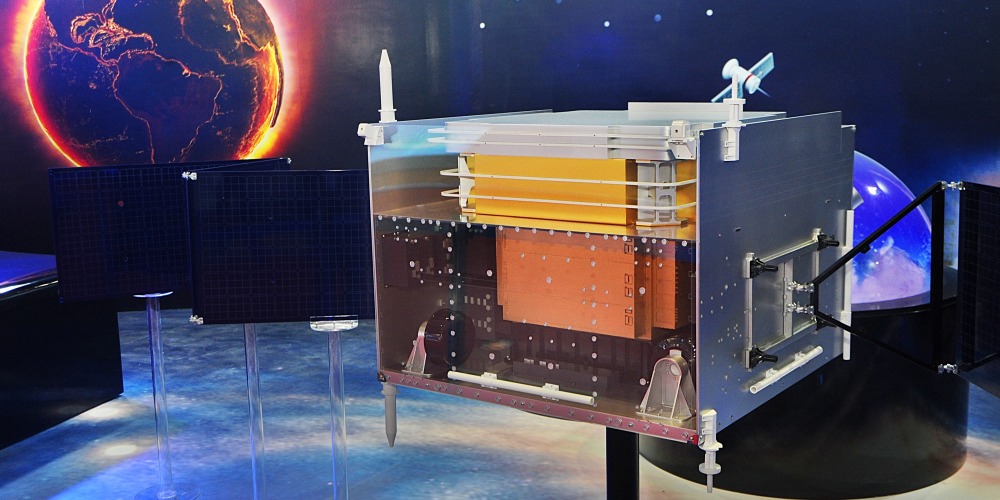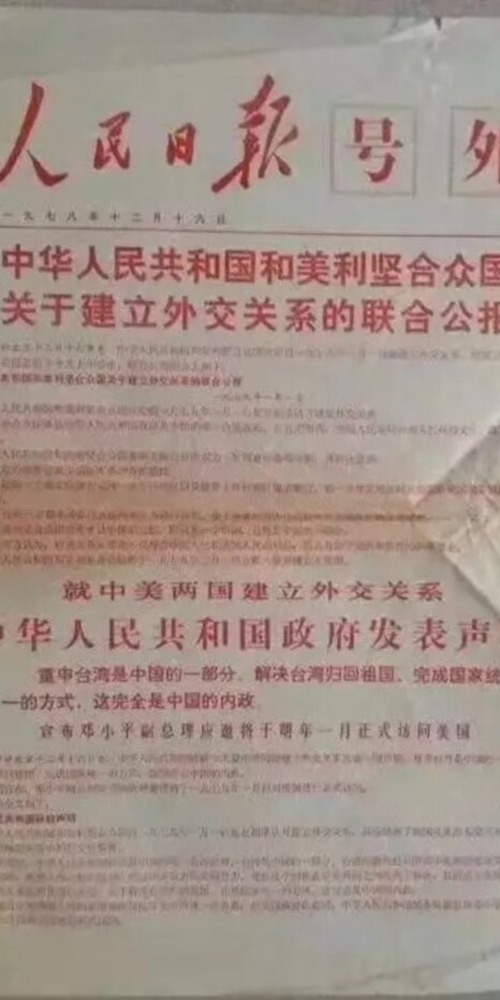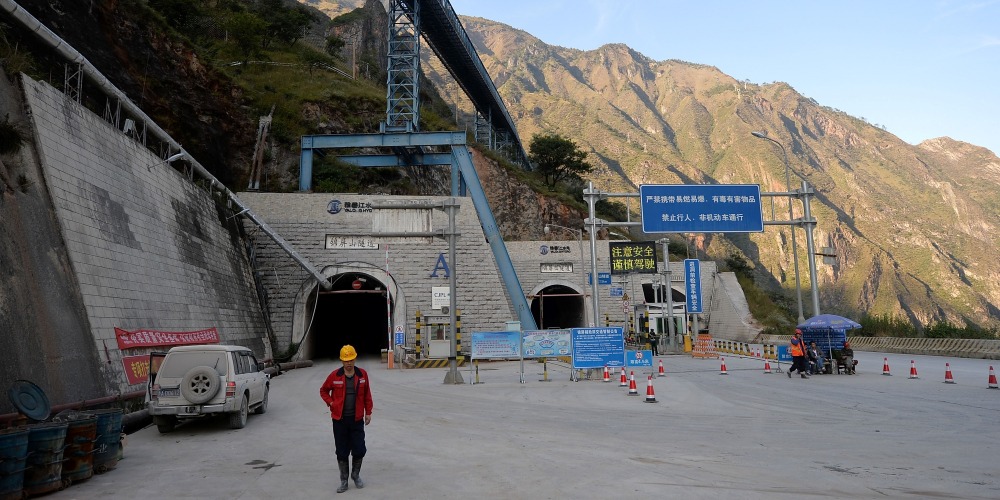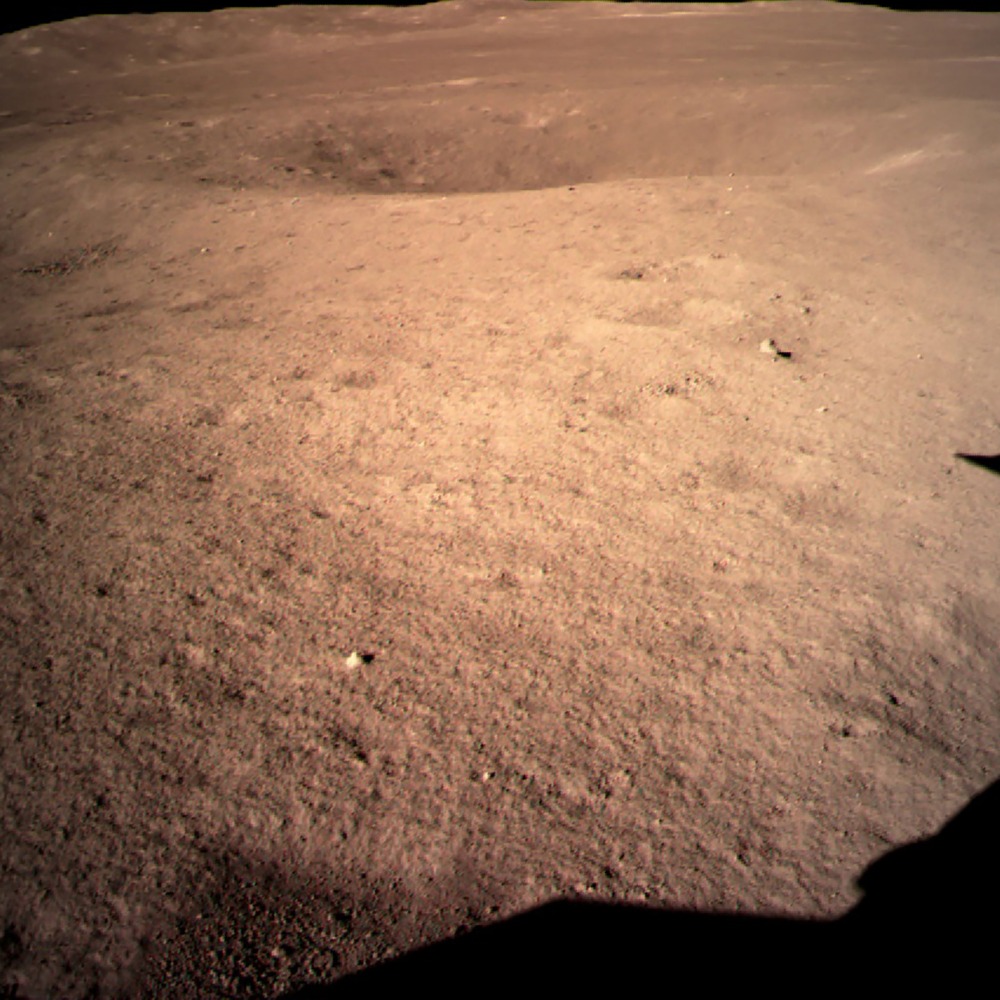Published : 2024-07-16
On July 16, 1990, the first test launch of China's newly developed Long March-2E rocket (長征二號捆綁式運載火箭) was successfully conducted.
In the 1980s, the international market of commercial satellite launch was facing a shortage of transportation capacity. As a result, Chinese researchers proposed to improve the Long March-2C rocket by lengthening the rocket and bundling it with 4 boosters to increase the transport capacity to 8.8 tonnes in near-earth orbit.
In this way, the Long March-2E rocket can undertake the launch of large satellites previously carried by the space shuttle, thereby promoting China's carrier rockets to the international market.
At the end of 1988, the Long March-2E rocket received national approval and the contract was officially signed. On June 29, 1990, China's first bundled rocket, the Long March-2E rocket, successfully stood at the Xichang Satellite Launch Centre (西昌衛星發射中心) one day before the contract deadline.
The LM-2E was originally planned to be launched on July 9, 1990, but it had to be postponed due to weather factors and technical problems.
The successful launch of the Long March-2E rocket marked China's first breakthrough in booster bundling technology, as well as the first successful development of 36 key technologies, such as the propellant utilisation system and the large launch pad, which played a significant role in promoting the future development of China's aerospace.
For example, the Long March-2F rocket, nicknamed the "Divine Arrow" (神箭), which is specifically used to send the Shenzhou (神舟) series manned spacecraft into space, is an improved model of the Long March-2E rocket.


